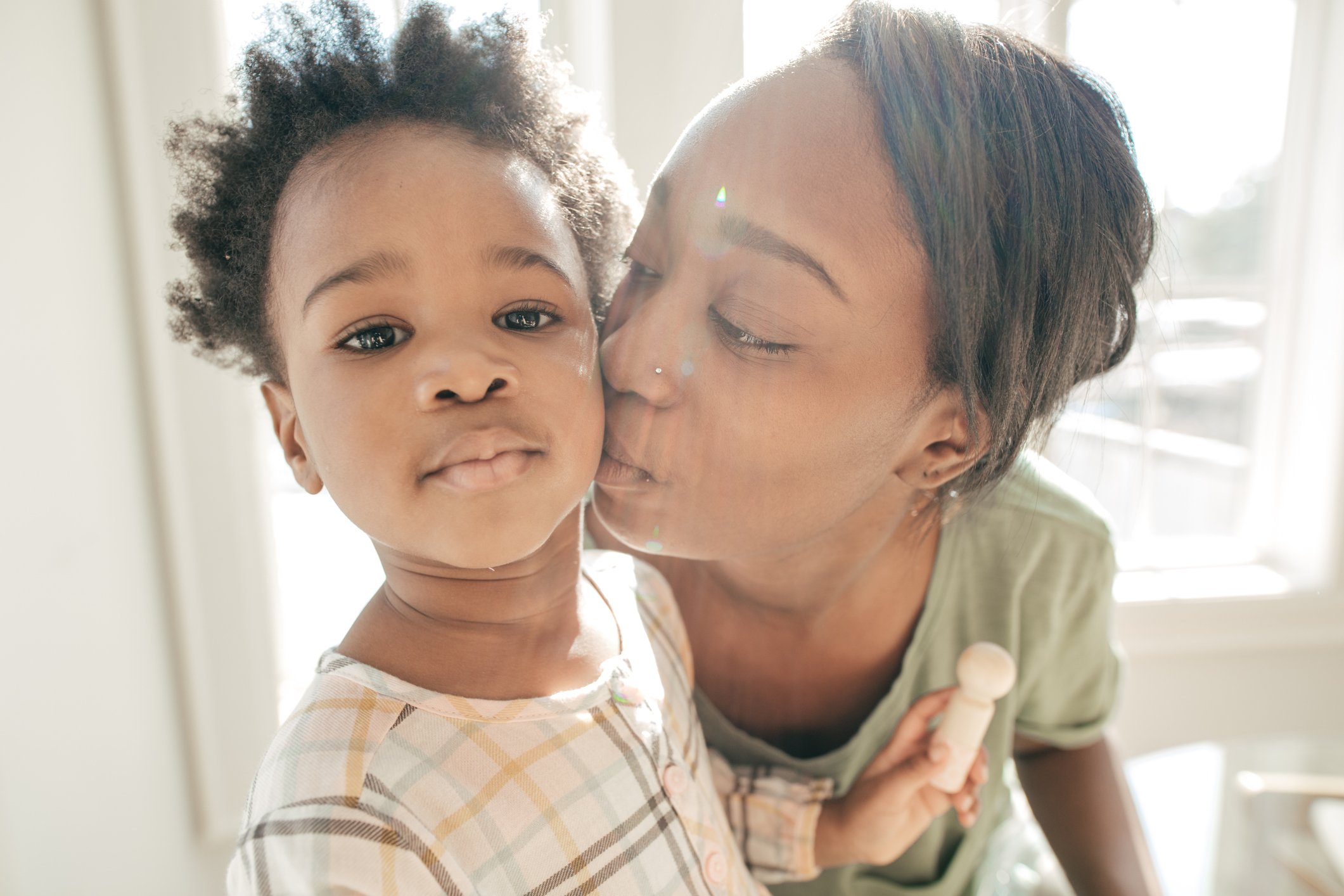What is Sexual Abuse? A Quick Guide for Parents
Parents, can you define sexual abuse?
Childhood sexual abuse often encompasses both contact and non-contact sexual acts. Know what to look for as a parent.
Sexual abuse includes both contact and non-contact forms of abuse. It is crucial for parents to educate themselves on the different types of abuse and be able to identify changes in their child's behavior. Despite the discomfort of these definitions, being aware of the signs is a crucial initial step in safeguarding your child. Any form of sexual abuse can have lasting effects on a child. This summary is adapted from our Prevent Magazine, which delves deeper into how parents can detect signs and symptoms and take preventive measures to protect their child from falling victim to sexual abuse. While not exhaustive, this quick overview provides valuable insights into the issue of childhood sexual abuse.
Types of Contact Abuse
Persuading or forcing a child to take place in a sexual activity.
Coercing a child to take his or her clothes off.
Forcing a child to touch someone else’s genitals.
Forcing a child to masturbate someone else.
Penetration or rape by putting a body part or object inside a child’s vagina, anus, or mouth.
Sexually touching a child anywhere on the body, whether or not the child is wearing clothes.
Types of Non-Contact Abuse
Encouraging or forcing a child to watch or listen to people engage in sexual activity.
Voyeurism: inappropriately watching a child dress or bathe.
Exposing a child to pictures, videos, or internet sites of pornography.
Online abuse involves making, viewing, or distributing child abuse images.
Sexually exploiting a child for money, status, or power.
Sexually grooming and meeting a child with the intent of abusing them.
Asking a child to pose for pictures.
Parents have a strong and powerful influence on their child’s life. They can help their child develop a vocabulary that will empower them to say no when someone or something makes them uncomfortable. From an early age, teach your child the correct names for body parts. Teaching your child the names of their body parts will help them remove the shame or stigma about that part. They can establish boundaries specifically about their “private” parts. For instance, you can teach them the following phrases:
You cannot touch me that way.
You are not allowed to touch my private parts.
I don’t like what you are doing.
No, do not touch my bottom.
No, do not touch my penis/vagina.
Remind them also that “no!” is a complete sentence. Their “no” must be respected. Having an open and consistent dialogue with your child will help them learn to trust you and open up to you about what they may be experiencing in their environment. Demonstrate that you can talk and listen when they need to communicate their fears or discomforts. Children can feel embarrassed, anxious, or fearful when discussing complex topics with their parents. Create a warm and loving environment where open communication can happen.
As a parent builds a relationship with their child, they can sense a change in behavior or reactions toward other people. Get to know your child and stay alert for inappropriate behaviors that may be sexually driven. Make sure to report sexual abuse or assault immediately to the appropriate authorities to ensure the protection of your child.
Parents must regularly revisit topics around sexuality as the child grows, adapting the conversation to their age and level of understanding. Trees of Hope offers resources for parents to help teach their children body safety and equip them to have difficult conversations surrounding the topic of sex. Check out the resource store for more information on teaching sexual abuse prevention and body safety for all ages, from infants to teens.
Parents cannot assume that their child’s school or teachers will teach them the proper vocabulary around genitalia and sex. Trees of Hope offers the “Facts of Life” series on our resource store, which provides age-appropriate sex education resources for parents.
Trees of Hope also offers an online prevention workshop for parents, caregivers, teachers, or anyone seeking to learn about abuse prevention and how to better safeguard their loved ones. The workshop costs $25 and includes a physical copy of our Prevent Magazine sent to online workshop registrants.
Find out more about Trees of Hope’s Prevention Education programs for parents.


